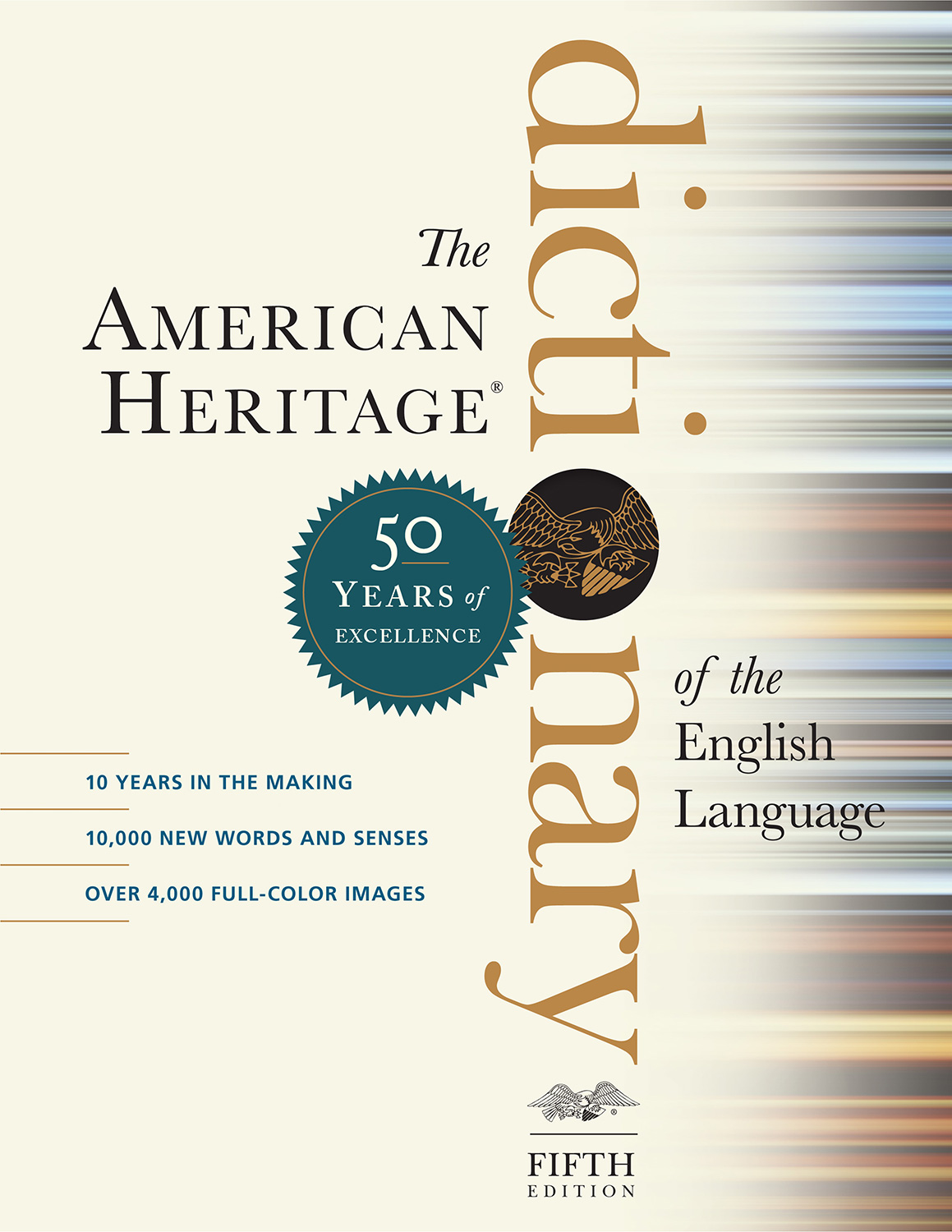n. 1. The horizontal angular distance from a reference direction, usually the northern point of the horizon, to the point where a vertical circle through a celestial body intersects the horizon, usually measured clockwise. Sometimes the southern point is used as the reference direction, and the measurement is made clockwise through 360°. 2. The horizontal angle of an observer's bearing, measured clockwise from a reference direction such as true north. 3. The horizontal angle of a projectile's motion, measured relative to a reference direction such as true north. [Middle English azimut, from Old French, from Arabic as-sumūt, pl. of as-samt, the way, compass bearing : al-, the + samt, way (from Latin sēmita, path; see mei-1 in the Appendix of Indo-European roots).] az′i·muthal (-mŭthəl) adj. az′i·muthal·ly adv. |
The American Heritage® Dictionary of the English Language, Fifth Edition copyright ©2022 by HarperCollins Publishers. All rights reserved.







